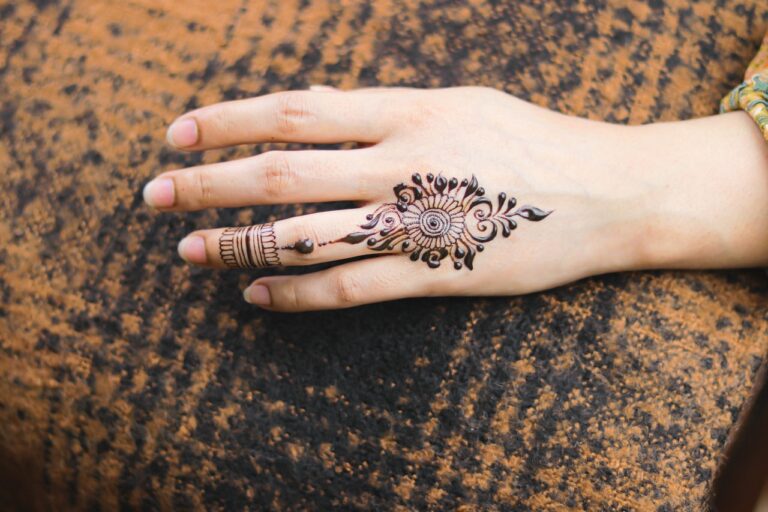Fashion and Technology: Exploring Smart Fabrics and Textiles
Smart fabrics and textiles have revolutionized the way we interact with clothing and everyday items. These innovative materials are embedded with technology that can sense, react, and adapt to various stimuli, creating a more dynamic and functional user experience. From temperature-regulating fabrics to textile-based sensors, the possibilities for smart textiles are vast and constantly expanding.
One of the key advantages of smart fabrics is their ability to bridge the gap between fashion and technology, creating a synergy that enhances both aesthetics and functionality. By blending traditional textile techniques with cutting-edge technology, designers can create garments that not only look good but also serve a practical purpose. Additionally, smart textiles have the potential to disrupt various industries, from healthcare to sports, by offering unique solutions and enhancing performance.
The Evolution of Smart Fabrics in Fashion Industry
Advancements in technology have paved the way for the integration of smart fabrics in the fashion industry, revolutionizing the way textiles are perceived and utilized. From garments that monitor the body’s vital signs to those that change color in response to environmental stimuli, smart fabrics have opened up a realm of possibilities for designers and consumers alike.
The evolution of smart fabrics in the fashion industry has not only brought about innovative designs but has also addressed practical needs. With the rise of wearable technology, clothing has become more than just a form of self-expression; it now serves functions beyond aesthetics, such as enhancing athletic performance or providing therapeutic benefits. As smart fabrics continue to push boundaries, the future of fashion looks to be intertwined seamlessly with technology.
• Smart fabrics have enabled the creation of garments that can monitor vital signs, such as heart rate and temperature.
• Some smart fabrics are designed to change color in response to environmental factors like light or temperature.
• Wearable technology has transformed clothing into functional items that go beyond mere aesthetics.
• Smart fabrics are being used to enhance athletic performance by monitoring movement and providing feedback in real-time.
• The integration of smart fabrics in fashion has opened up new possibilities for therapeutic clothing that can provide health benefits.
Applications of Smart Textiles in Everyday Life
Smart textiles have found a multitude of applications in everyday life, revolutionizing the way we interact with clothing and other everyday items. One prominent use of smart textiles is in the healthcare field, where these fabrics are utilized to monitor vital signs, track movements, and even administer medication through wearable devices seamlessly embedded in clothing.
In the realm of sports and fitness, smart textiles play a pivotal role in enhancing performance and ensuring optimal comfort for athletes. From moisture-wicking fabrics that regulate body temperature to compression garments that facilitate better blood circulation, these textiles are tailored to meet the rigorous demands of athletic activities, providing both functionality and style in one seamless package.
What are smart fabrics and textiles?
Smart fabrics and textiles are materials that have been developed with advanced technologies to provide additional functionalities such as monitoring, sensing, and responding to the environment or user.
How are smart fabrics evolving in the fashion industry?
Smart fabrics are being integrated into fashion industry to create innovative designs that offer features like temperature control, moisture-wicking properties, and even interactive displays.
What are some common applications of smart textiles in everyday life?
Some common applications of smart textiles in everyday life include smart clothing for fitness tracking, heated clothing for winter wear, and medical textiles for monitoring health conditions.
How do smart textiles contribute to sustainability?
Smart textiles can be designed to be more durable and long-lasting, reducing the need for frequent replacements. They can also be used in energy-efficient applications, such as generating electricity from movement.
Are smart textiles washable and easy to maintain?
Many smart textiles are designed to be washable and easy to maintain, just like regular fabrics. However, it is important to follow the manufacturer’s care instructions to ensure longevity of the smart functionalities.







